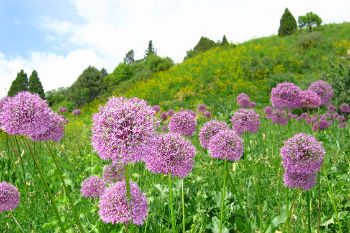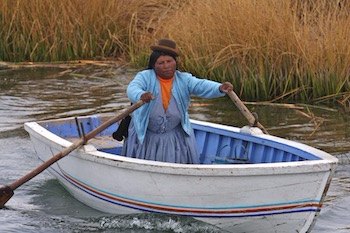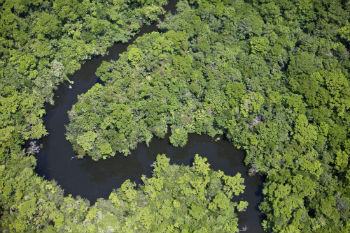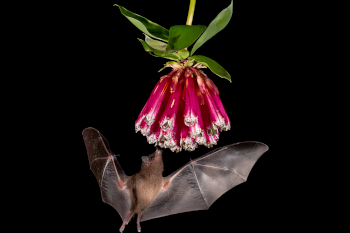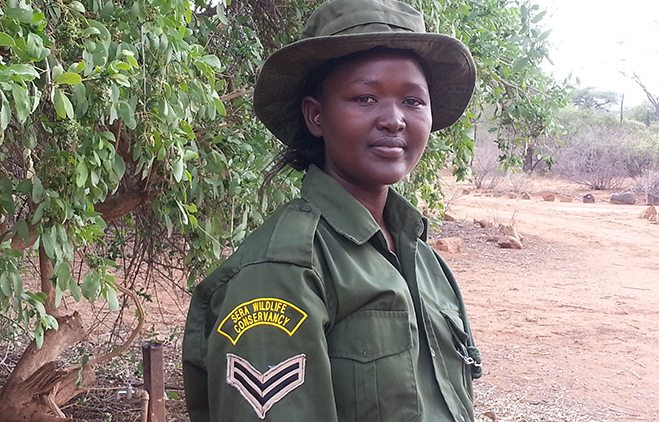Main menu
CEPF is a joint initiative of l’Agence Française de Développement, Conservation International, the European Union, Fondation Hans Wilsdorf, the Global Environment Facility, the Government of Canada, the Government of Japan and the World Bank. A fundamental goal is to ensure civil society is engaged in biodiversity conservation.
Visitez le site français コア情報の日本語翻訳を読むOr use Google Translate to translate the English site to your language:
GTranslate
Strengthening Women's Role in Conservation
Both men and women depend on Earth’s ecosystems and their life-sustaining benefits. Often, though, the role of women in conservation is overlooked or understated.
08 March 2016
08 March 2016
Both men and women depend on Earth’s ecosystems and their life-sustaining benefits. Often, though, the role of women in conservation is overlooked or understated.
Women are included – up to a point
In Rwanda’s Gishwati Forest, a key biodiversity area (KBA) in the Eastern Afromontane biodiversity hotspot and one section of the brand-new Gishwati-Mukura National Park, funding from the Critical Ecosystem Partnership Fund (CEPF) is helping the Forest of Hope Association (FHA) establish and train community-based committees, including women, to protect the reserve.
“Gender balance has become part of the culture in Rwanda, and women are involved in all activities of FHA,” said Thierry Aimable Inzirayineza, FHA coordinator. “There is no way women could NOT be members of the Community Forest Protection Initiative Committees.”
Each of the six committees consist of three people: two men and one woman. These committees work with six eco-guards, who patrol the forest and reach out and educate people who are suspected of illegally using Gishwati Forest’s resources. However, as much as discussions showed that women are playing an important role in the Gishwati project, there is still cultural resistance to them serving as eco-guards; all six guards are men. This seemed to be fully accepted in Rwanda, but is not necessarily the only option – as is shown in a similar situation in Kenya.
Learning from Women in the Healthy Sustainable Societies Program
In Kenya, funding from Conservation International (CI), one of CEPF’s seven global donors, supported the Women in Healthy Sustainable Societies Program in the Eastern Afromontane. This small grant program aims to further global and local understanding and practice of gender equality and women’s empowerment vis-à-vis the environment.
Through this program, a female ranger, Veronicah Lesasuyian, was recently promoted to become the first female Corporal Ranger at Sera Conservancy in Northern Kenya, with nine male and five female rangers under her authority. This didn’t happen without protest from some of her male colleagues and staff, but thanks to a range of gender-awareness and women empowerment activities supported by Fauna & Flora International, the integration of women into the ranger corps is unstoppable.
Gender considerations play an increasingly important role in the design, implementation and monitoring of CEPF-funded conservation projects in the Eastern Afromontane. In 2014, BirdLife International, in its role as Regional Implementation Team (RIT) for CEPF in the hotspot, received training from Kame Westerman, CI’s gender specialist.
The team has since then managed five small grants in Kenya and Uganda that specifically aimed to strengthen the role of women in environmental decision-making and natural resource management. Lessons learned from these grants are now feeding into the CEPF-funded portfolio. The RIT is also following the CEPF Gender Policy, which describes what CEPF aims to do with regards to gender mainstreaming throughout the CEPF network.
“Because the five CI-funded ‘women in conservation’ projects were also implemented at Eastern Afromontane KBAs, the problems these projects aimed to address are very similar to what is going on at KBAs where CEPF grantees are active,” explained Maaike Manten, Eastern Afromontane RIT manager. “We have learned a lot about practical barriers to women’s involvement in conservation, about perceptions by both men and women regarding women’s roles, culture and politics, but also about opportunities for change, and how to involve both men and women in more equitable and sustainable conservation action. This is what we now hope to share with our CEPF grantees across the hotspot.”
Read more stories of inspiring women in conservation from CEPF donor Conservation International.
